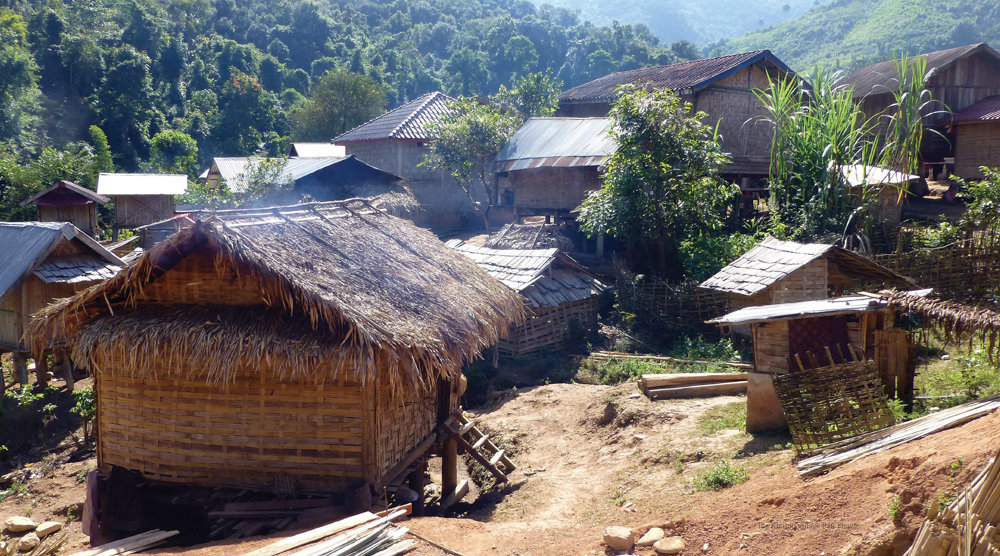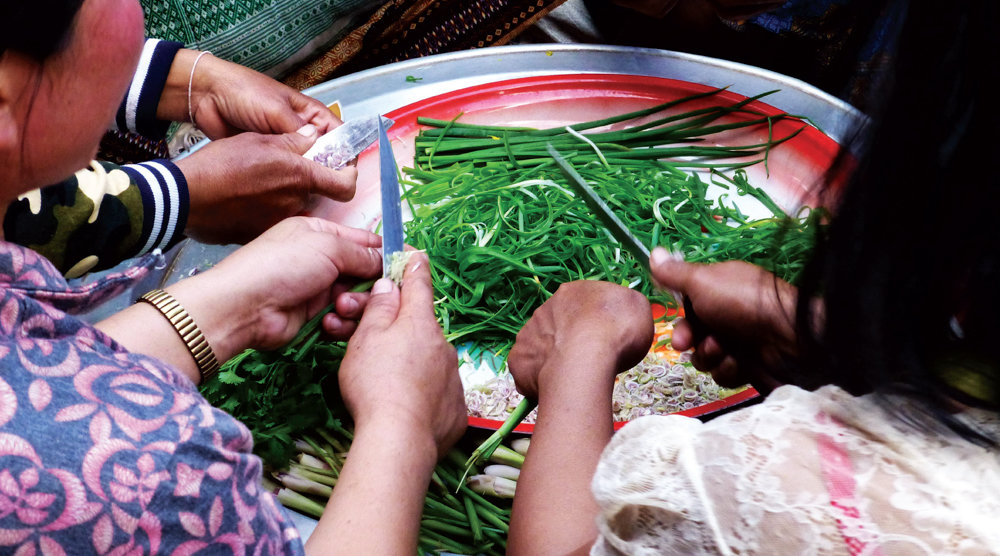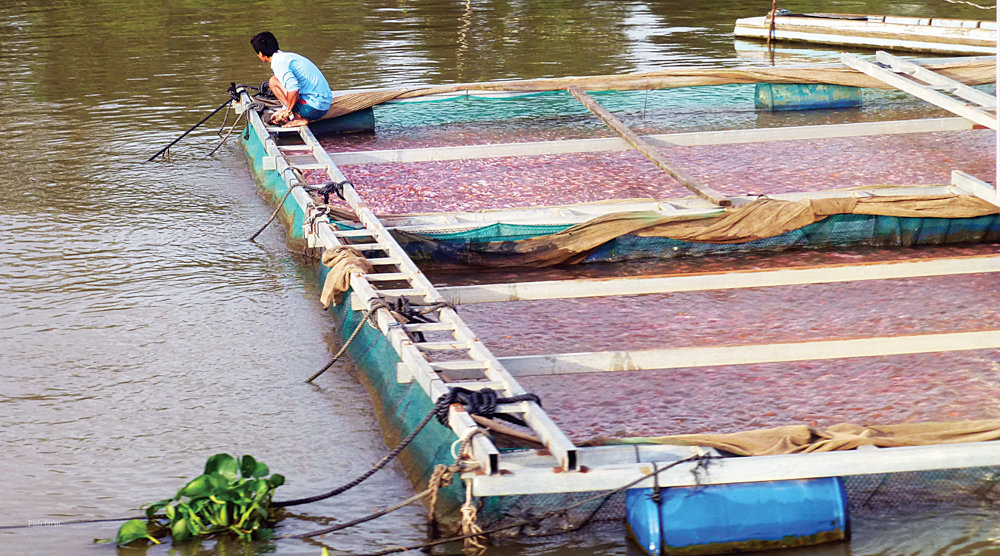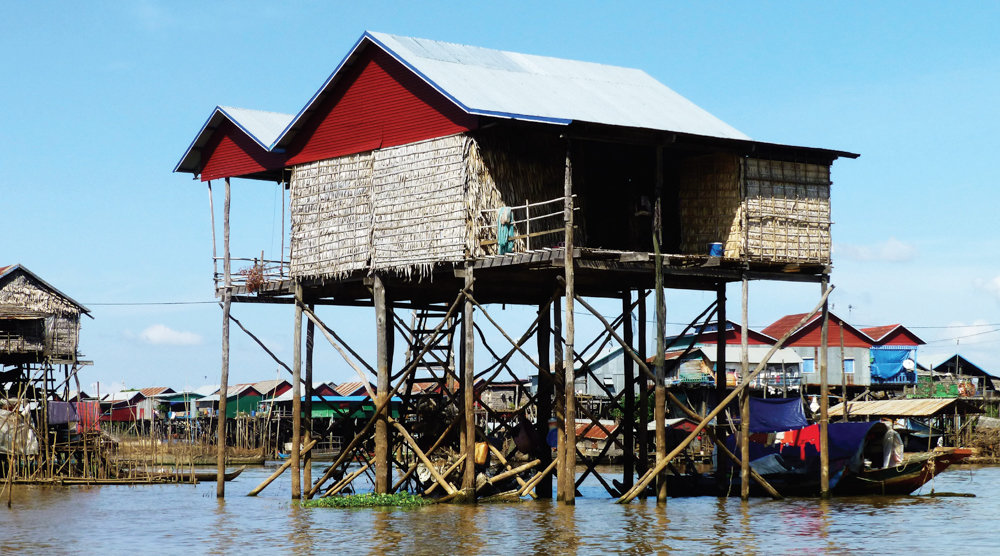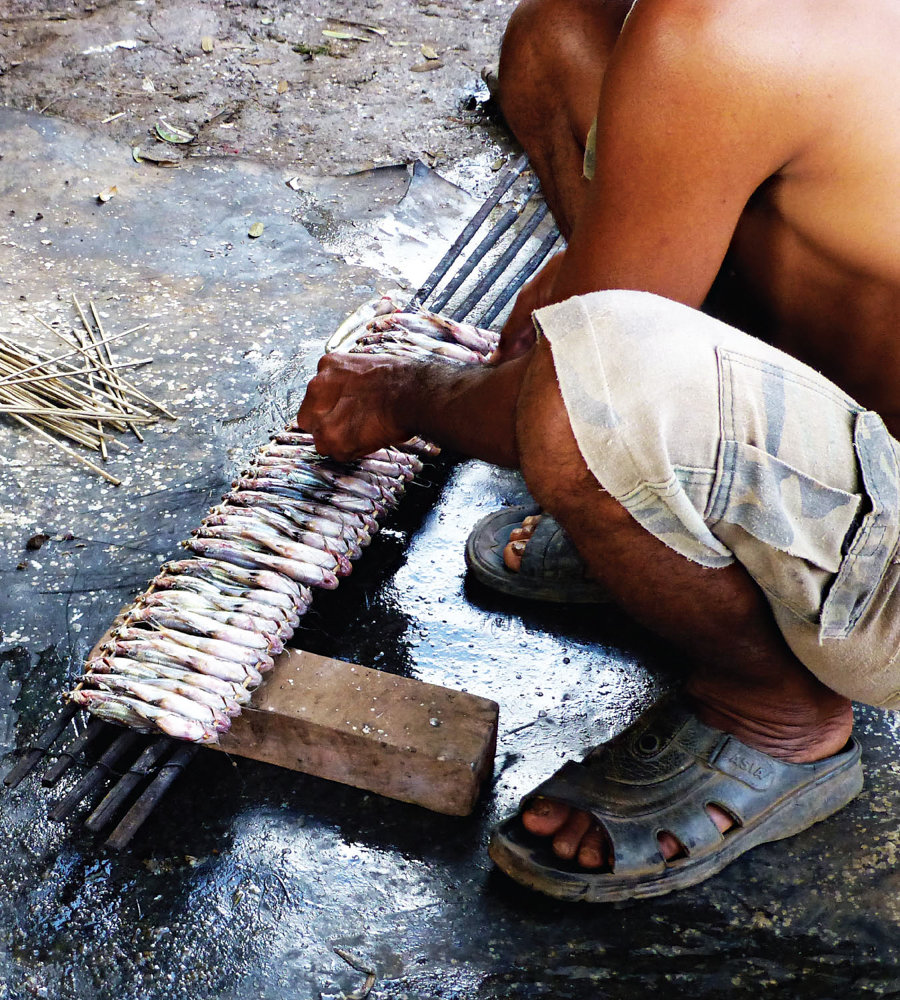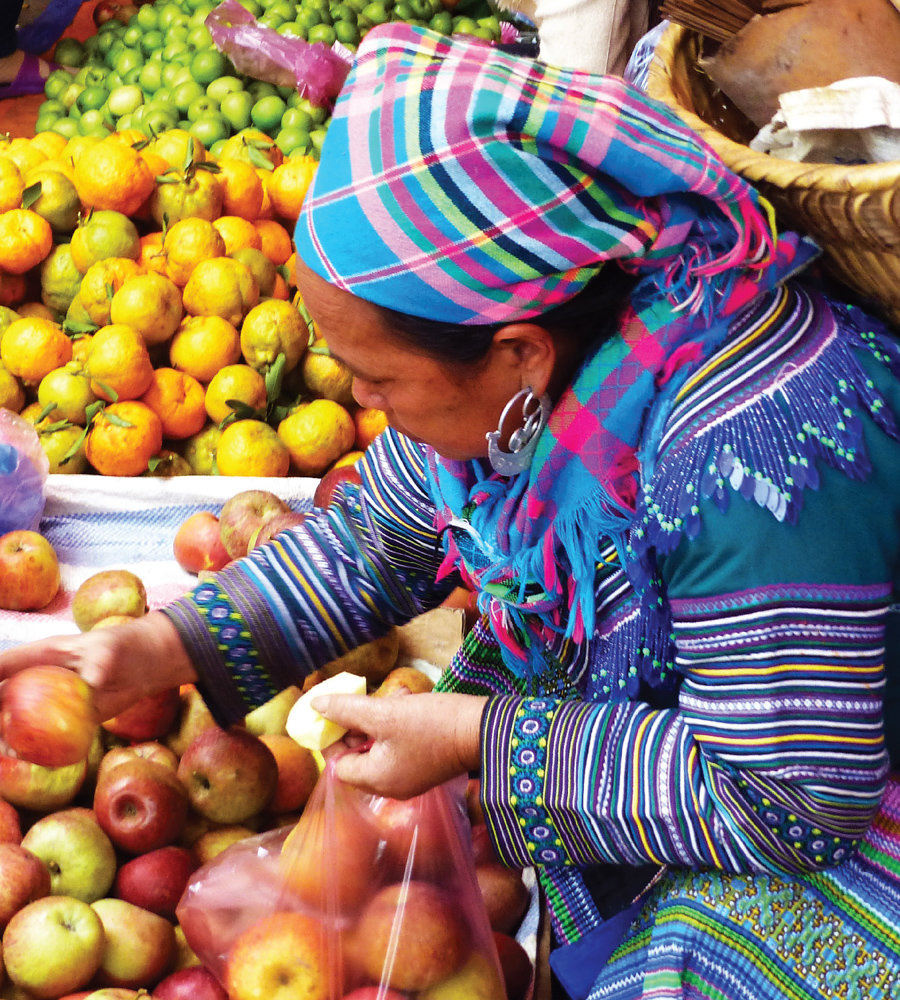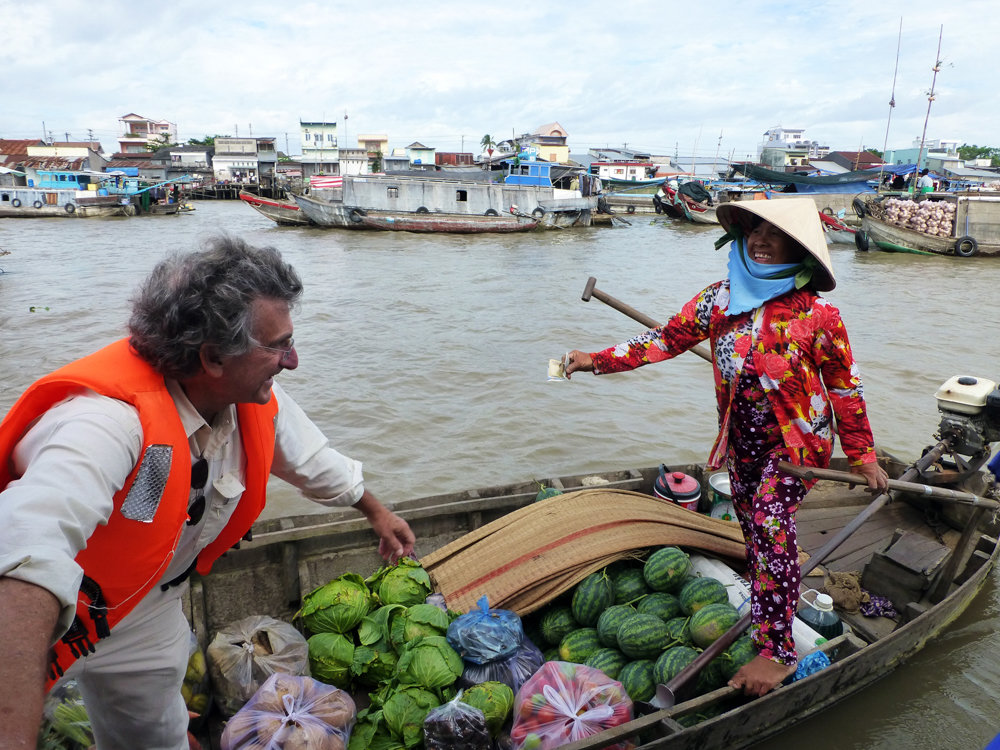Photos tell stories of day-to-day life in rural Asia
When Bill and Paula Caplan planned their trip to southeast Asia, there was no need to take a page out of any guidebook — they were going to pave their own way.
Bill Caplan wasn’t interested in the standard attractions several guidebooks suggested for Vietnam, Laos and Cambodia. So he did his own research, discovering that many of these countries consisted of a large number of rural communities within them.
With a master’s degree in architecture and more than 30 years of an engineering career under his belt, Caplan was intrigued from a design perspective, and wanted a firsthand look at how people in these communities lived. He and Paula soon set off to these countries, and throughout their trip, hired guides in each area to help navigate what was unfamiliar territory to them.
When the two returned to Riverdale, Caplan had more than 10,000 photographs on his camera and realized there was something he could do with them. That’s when his book, “Contrasts 21C: People & Places — Vietnam, Laos & Cambodia,” was born.
Essentially a 256-page photo essay, the coffee table book explores every piece of the Caplans’ trip — from the people they met, to the places they visited.
A book was never intended, Caplan said, because the goal was to connect with people and their homes. Now, however, he’s ready to share his learning experience with others.
“This is not the typical book that you would see if you were buying a travel book going to Vietnam or Laos,” he said. “There are no pictures in here of monuments or of things of architectural significance. The photos are of how people are living and the people themselves.”
Caplan spent the last year putting the book together, working to compose a compelling story about what he experienced in Vietnam, Laos and Cambodia. The reason he chose to use “Contrasts” as part of the book’s title was because the differences between his day-to-day life in Riverdale and what he saw in each country was an eye-opening experience for him.
“There’s just this contrast of these two worlds,” Caplan said. “The 21st century world that we know and the 21st century world that they’re living in, it’s something that needs to be told and something that needs to be exposed.”
Caplan’s original curiosity in each area’s architecture and design also made him realize his idea of what keeping a sustainable environment means in the United States is different than in many of these southeast Asian countries because “their lives are sustainable by necessity.”
“As we were traveling, (we started) to meet these people who were living in some very difficult conditions,” Caplan said. “Looking at it through the lens of my architecture experience now and sustainability and how people live and how they design their habitat, you begin to see a whole different aspect of it.”
Despite seeing these differing conditions, Caplan also remembers the positivity from each person he and Paula encountered.
“They had lives and happiness,” he said, “and there were things to celebrate.”
As Caplan reflects on his curiosities that were answered throughout the trip, he remembers points where he and Paula were “the curiosity” in some of the different cities they visited.
“Wherever we went, people would come over and want to wrap their hands around us for a photo,” Caplan said. “It was a very interesting reversal in many areas of us being the subjects.”
In the future, Caplan wouldn’t be opposed to returning to these places or any other parts of Southeast Asia to learn more about these rural communities.
“You sort of feel like you want to come back,” he said. “You’re only touching the surface.”

